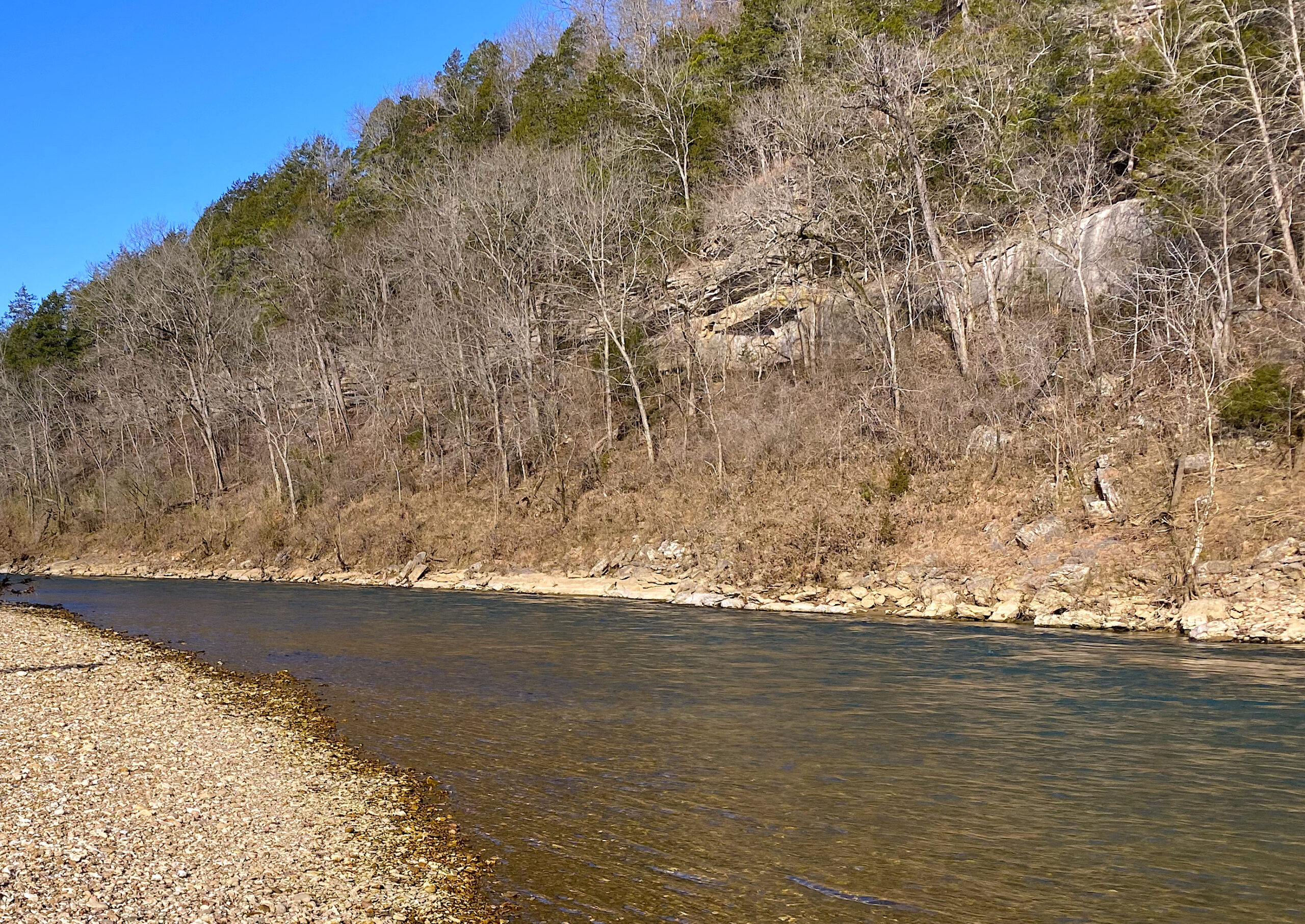Places We've Shaped
Citizen Science Project Launches in Arkansas’ Buffalo National River


Image: The Steel Creek area has seen mounting impacts.
Arkansas’ Buffalo National River has been a popular destination for decades, but the recent pandemic has dramatically increased interest in outdoor recreation surrounding this 135-mile river corridor. With additional visitors, there are growing concerns about heavy impacts, particularly in the Boxley Valley and Steel Creek areas.
In response, the nonprofit organization Leave No Trace has launched a citizen science project to document impact issues with the hopes of creating better management techniques to improve the park and visitor experiences. The citizen science program will allow the public to collect data gathered over time and share the results with the National Park Service (NPS) staff to establish a baseline and formulate management strategies.
Once home to the Osage people, the Buffalo National River was established in 1972. In 2011, the valley experienced a major flood that devastated a number of park facilities, including a bridge, campground, numerous trails and other infrastructure. While improvements to park facilities and infrastructure have been made since the flood, further improvements and site rehabilitation are necessary to meet the demands of rising visitor use.
Application Availability
To participate in the Leave No Trace citizen science effort, first, visit the CitSci.org website and create an account. Search for “Leave No Trace” to find the Boxley Valley monitoring project.
To use the app on a smartphone, download the Leave No Trace app by visiting the Mac or Android app stores, download the app and log into your account.
To use the app in the field, be sure to first open it in an area with WiFi reception before entering the Boxley and Steel Creek areas, as you will need to operate in offline mode at these locations. Record your observations using the appropriate five datasheets. These include Lost Valley Parking Area, Steel Creek Campground Impacts, Elk Viewing Area, Number of Boats at Access Points, or Inappropriate Visitor Behavior.
When you get back to an area with WiFi service, upload your saved observations. You can make your observations anonymously. Observations may be made using a notebook and entering them on the website at a later time. If using the paper method, be sure to record the date and time of your observation and record all the required data observations.
Press inquires about this program can be directed to Rob Stephens, the Leave No Trace state advocate for Arkansas.
Let’s protect and enjoy our natural world together
Get the latest in Leave No Trace eNews in your inbox so you can stay informed and involved.
